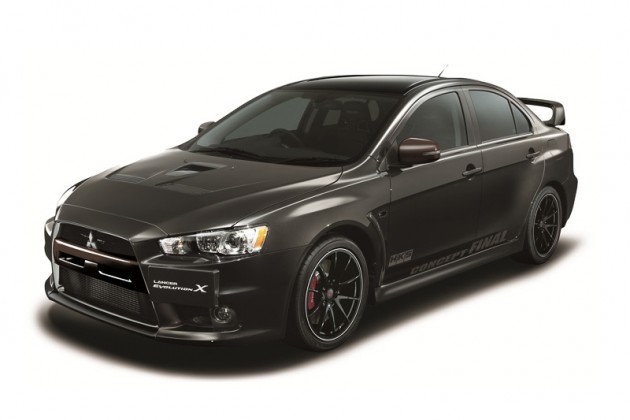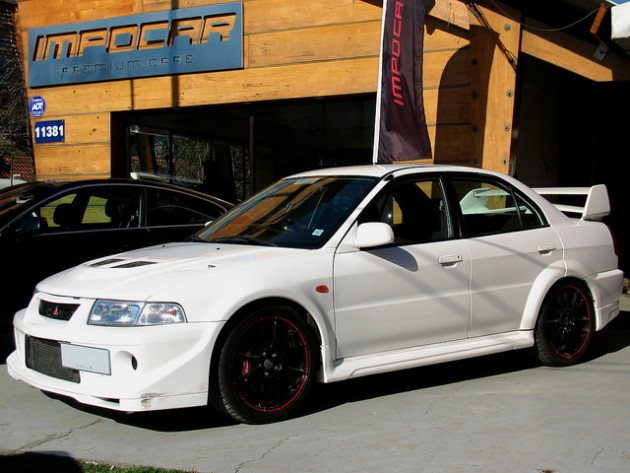The History of the Mitsubishi Lancer Evolution
Because it is soon about to be discontinued, we thought it would be a good time to talk about the history of the Mitsubishi Lancer Evolution, otherwise just known as the “EVO.” It’s one of the most iconic sports cars of our time, and we can’t help but wonder what will come after it.
It all started in 1992 when the Lancer Evolution was first built to compete in the World Rally Championship. The production version was significantly stripped down, with no power windows and seats, no ABS, and no rear wiper, but its power and drivability instantly made it the flagship sports car in Mitsubishi’s lineup, and its all-wheel-drive system became a trademark among EVO models.
The EVO II came just a year after, featuring numerous minor changes to the handling, wheelbase, and bodywork. More tweaks came in 1995 with the EVO III, including a revised turbocharger with an increased compression ratio.
Check Out the Final EVO: Mitsubishi Lancer Evolution Final Edition Launches in Japan
The EVO IV that came in 1996 was the true game-changer. It sported a new twin-turbocharger, limited-slip front differential, and Mitsubishi’s new Active Yaw Control. It also introduced the trademark fog lights on the front bumper and marked the end of the EVO’s lightweight character, which was traded in for more power and technology.
In 1998, Mitsubishi completely redesigned the EVO V to compete in the new WRC class. It featured more aggressive bodywork, bigger brakes, and more torque. The EVO VI came just a year later, in 1999. It focused mainly on cooling and engine durability, but it also marked the point in history when the car finally became so popular that even American car enthusiasts were clamoring for it.
In 2001, the EVO VII got several improvements such as an active center differential and a more effective limited-slip differential.
The EVO VIII finally arrived in the United States in 2003, but unfortunately wasn’t as good as some might have wished. Though it used slick-response Bilstein shocks for better handling and aluminum parts for weight reduction, the model that was sold in the U.S. was based largely on the Japanese EVO VII.
More EVO News: Mitsubishi Lancer Evolution Crosses Finish in 2015
We did eventually get a proper version in the form of the EVO IX in 2006, which came with multiple driving modes, variable valve lifting technology, and a revised transmission.
The final Lancer Evolution, the EVO X, went on sale relatively soon after, in 2007 in Japan and 2008 in the United States. It featured Mitsubishi’s new sequential semi-automatic six-speed twin-clutch transmission, the new Super All Wheel Control system with torque vectoring, and a newly-designed, all-aluminum engine.
After such a long and active history, it’s a shame to see the Lancer Evolution go away. But all good things eventually come to an end, right? We suppose we’ll have to pretend that makes us feel better about saying goodbye to the EVO.

The News Wheel is a digital auto magazine providing readers with a fresh perspective on the latest car news. We’re located in the heart of America (Dayton, Ohio) and our goal is to deliver an entertaining and informative perspective on what’s trending in the automotive world. See more articles from The News Wheel.



